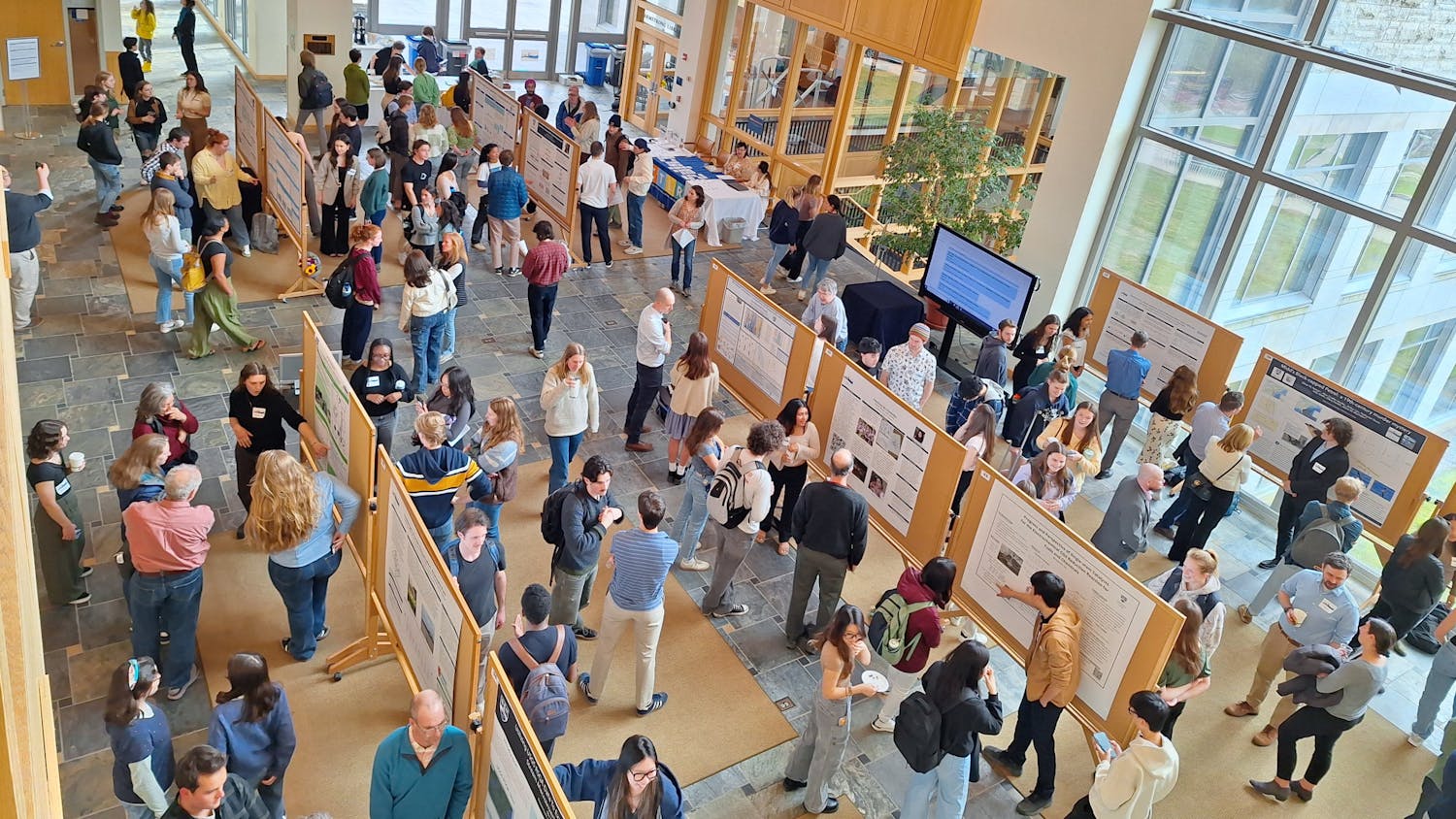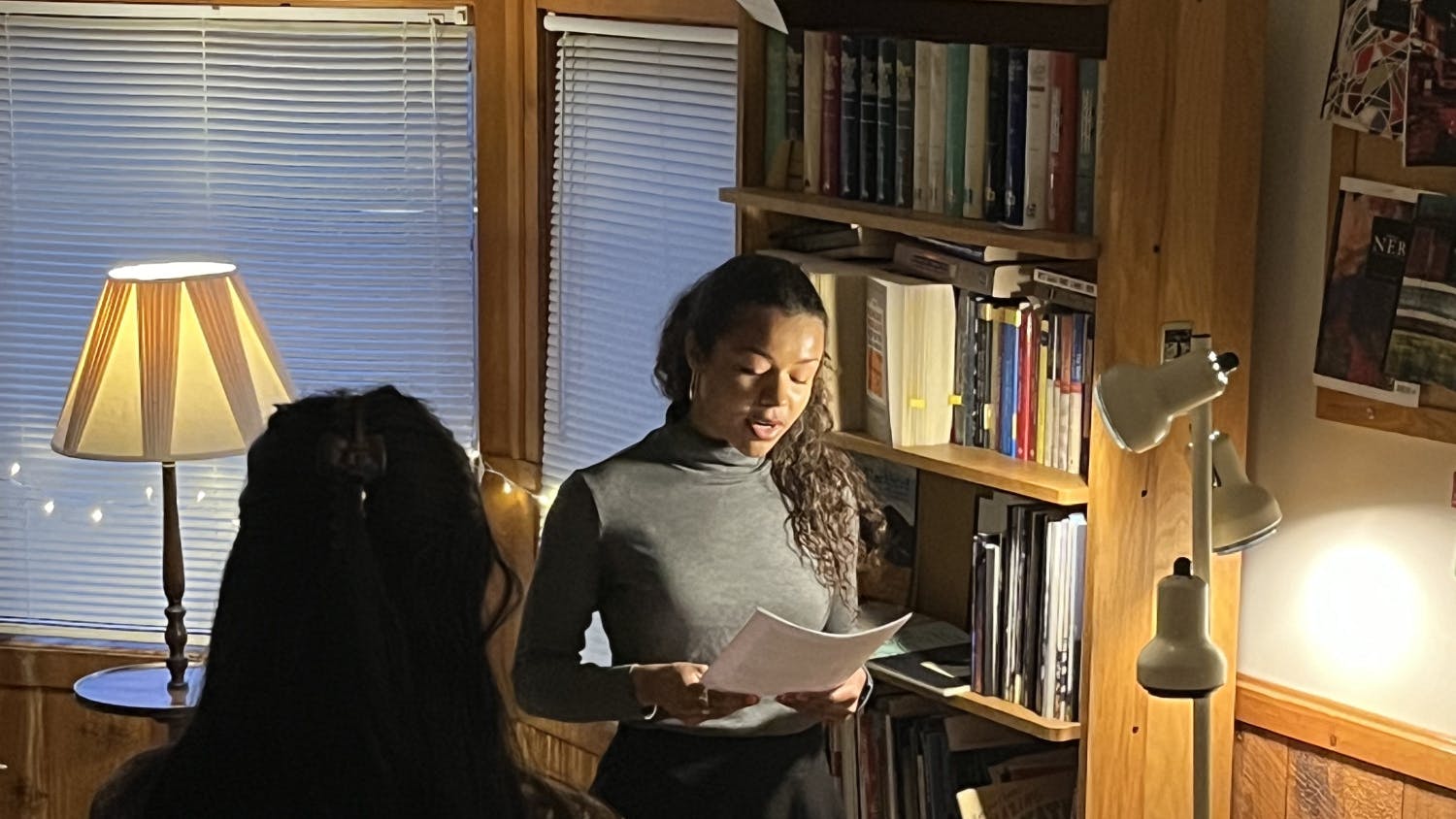In order to study the influence and perceptions of the Middlebury brand, the College sought the advice of Baltimore-based consultant Mark Neustadt. After interviewing students, faculty, alumni and prospective students alike, he presented his observations and suggestions to the faculty last spring.
“The core of my project, this project I’m talking about today, is what is that elevator speech, what is that narrative that takes into account all of Middlebury’s various program centers and areas of expertise?” said Neustadt to begin his presentation.
In Neustadt’s perspective, marketing is about tailoring one’s messages and activities in the context of audience priorities. He emphasized that the goal is not to conform to the audience’s priorities, but to design marketing in regards to those priorities.
Neustadt observed that there is no basic disconnect among the many Middlebury-affiliated programs, which include the Summer Language School, the C. V. Starr Schools Abroad, the Bread Loaf School of English, the Bread Loaf Writers’ Conference and the Monterey Institute of International Studies. The challenges facing Middlebury aren’t what he calls profound or philosophical issues, but rather tactical issues such as graphic standards. He mentioned the necessity of a robust logo system and the redesign of the website information architecture as two such examples of tactical issues to be addressed.
Since last year, the College has been considering ways of putting into action the suggestions made by Neustadt and is working to create a new logo that will be used as a common mark for Middlebury and all of its affiliate programs.
To involve members of the College community in the rebranding effort, six discussions — two for faculty, two for students and two for staff — have been held to unveil the new logo and gain feedback on the marketing efforts.
Vice President of Communications Bill Burger, who is part of the team working to create the new logo, led these discussions.
“I want to hear if people like the new logos we are working on or if they don’t like them, why?” he said. “If they have specific ideas we want to hear them and try to incorporate them. I want to be as inclusive as we can be in the early stages. I think if we do this well we will have a successful end result and avoid the mistakes that some others have made working on logos in the past.”
The discussions, open to anyone in the College community, revealed the different options presented during the brainstorming process for a new logo. Burger explained the design approaches taken regarding details such as structure, typeface and the most effective means of including all educational entities within the a new logo.
Jackson Adams ’17 attended one of the student discussions and said of the work being done on the logo, “I’m not a big fan of change, especially for Middlebury as a campus rooted in so much tradition and despite my distrust in ad agencies trying to embody everything, I think that this work has managed to capture the basic vibe of Middlebury accurately … it seems to give the right information and idea about Middlebury as a whole.”
Those working on the new logo will present their work and the feedback from these discussions to the Board of Trustees on Friday, Feb. 21 and Saturday, Feb. 22. The Board will then indicate whether the project of creating a new logo should continue.
“We are presenting to the [Board of Trustees] looking for their reactions and looking for similar feedback to what we have in these sessions,” Burger said. “We expect some direction from the board on how to move forward on the project,” adding that positive feedback has been received in “every instance that people have seen the work.”
Neustadt also suggested that the College redesign its website so that its different entities were more distinct and easily searchable.
“The website should have an architecture that a little more sufficiently supports the affiliated program and their goals,” he said.
In other words, a student searching for information on the German summer language school shouldn’t easily end up at the College’s German department page.
“What is needed at Middlebury now, more than I think the institution acknowledges, is segmentation between the programs, so that the programs and each talk about themselves without mushing everything together into a narrative about the bigger Middlebury,” Neustadt said.
“This issue is most critical for the College … If the College will optimally continue to advance, what the College also needs is a segmented boundary space where it can talk about its own goals because the college’s goals are not identical to the goals of this greater, you know, collection of programs.”
He emphasized that the general brand narrative should not be the first priority for the majority of the members of the college community and its distinct affiliated programs, adding that the College, in particular, needs to be much more clearly demarcated instead of presented as the base for the affiliated programs.
Neustadt concluded his presentation with a proposal of two brand-theme narrative recommendations to straddle the College and its various affiliated programs. In presenting the College and its affiliated programs, he suggested that Middlebury focus on the strong sense of community fostered by its rural Vermont campus, as well as preparation for what he calls an increasingly globally interconnected world.
Additional Reporting by ELLIE REINHARDT



